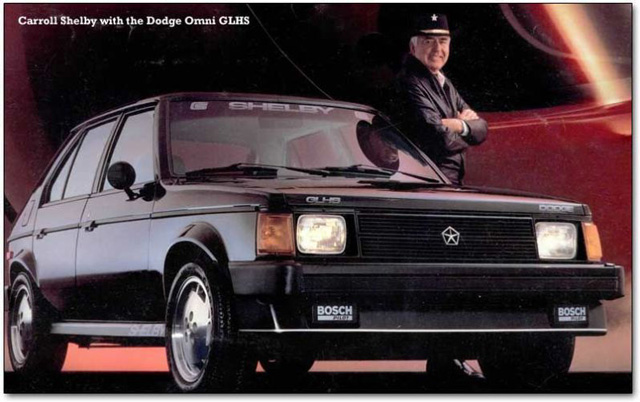Keepers: Turbo Dodges—Shopping

Stepping into the world of turbo Dodges can be somewhat intimidating for the uninitiated. While our first Keepers report on these cars covered only four vehicles (arguably the pinnacle of Dodge’s turbo efforts of the time), in reality the 2.2 turbo and later variants were used in everything from sleeper sedans, hatchbacks, in-your-face sports cars, or even minivans. The good news here is that no matter what you’re into, there’s likely a turbo Dodge to suit your tastes. Even better, because so many of these power plants were produced, parts are cheap and relatively easy to come by, with some rare exceptions that we’ll discuss below. The downside however is trying to weed through the layers of lingo to determine which combination is right for you, and admittedly that can take a bit of effort. To help with that, here’s a little primer for the turbo-inclined enthusiast looking for the best boost-per-buck.
Since we’re dealing with older vehicles here, rust is a real concern, and not just on the outside. Doors and fenders can be replaced, but check floorboards and strut towers to ensure the metal is still solid, as significant rotting in these critical areas can mean a death sentence for the car. Electrical gremlins and soft automatic transaxles have been a Chrysler staple for years, though the engines themselves are generally bullet-proof. As with any boosted motor, head gaskets are critical so look for any signs of coolant in the oil, white smoke in the exhaust or a loss of boost pressure. And since these cars can be effortlessly tweaked for higher boost, be wary of uneducated, shade tree modifications. Pull a spark plug and check the electrode at the end; light gray or white means the engine is running lean, which could mean someone increased the boost pressure without increasing fuel flow, and that could mean a burnt up engine.
Chrysler built four basic versions of the 2.2 turbo from 1984 to 1993, affectionately labeled I through IV. No matter which body style you opt for, you’ll likely find either the Turbo I or Turbo II version under hood, as these were the two main plants powering the Chrysler lineup. Of the two, the 146 horsepower Turbo I is the most common by far, while the 174 horsepower Turbo II version debuted in 1986 as the high-output engine for dedicated performance vehicles such as the Shelby cars. The Turbo II disappeared after the 1989 model year, but the Turbo I continued on through 1992 as a slightly-larger 2.5 liter engine, making 150 horsepower.
In chronological order, the Turbo IV engine actually arrived before the III. Aside from being extremely rare, it was also the first production engine to utilize a variable-nozzle turbo (VNT), which allowed for quicker spool times found in a smaller turbo without sacrificing the higher-end boost of a big turbo. Problems plagued this setup however, and despite a welcome increase in both torque and throttle response (horsepower remained at 174), less than 1300 Turbo IV engines saw limited use in 1989 and 1990, primarily with the CSX and Daytona Shelby.
The Turbo III is considered by many to be the ultimate evolution of the Chrysler 2.2 liter. Making a full 224 horsepower, this rare engine featured a 16-valve, DOHC head developed by Lotus, and it was only available in the limited-run 1991-1992 Dodge Spirit R/T sedan and the 1992-1993 Daytona IROC R/T. Like the Turbo IV, this engine wasn’t quite as reliable as the earlier versions; issues with the aluminum head warping and cracking were fairly common, and because of the exotic nature and rarity of the parts, repairs were—and still are—quite expensive.


















